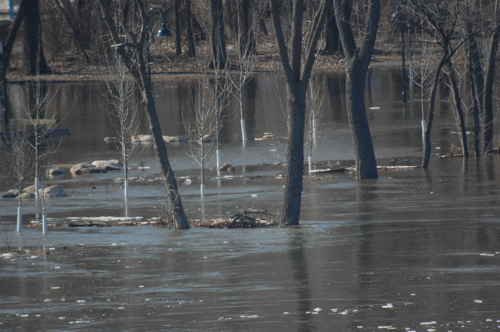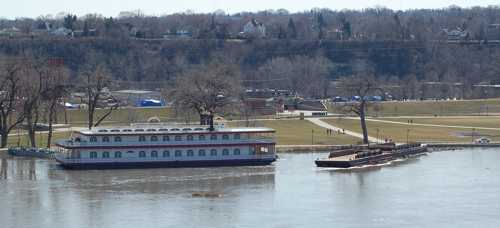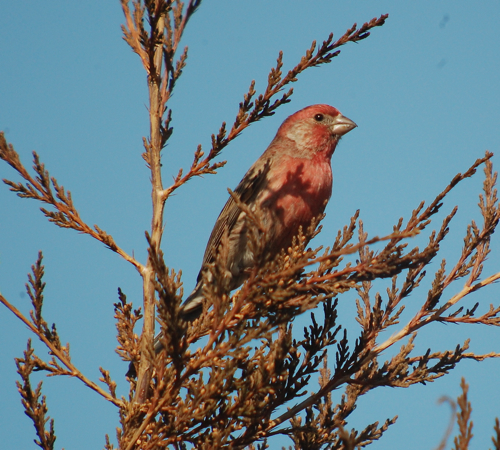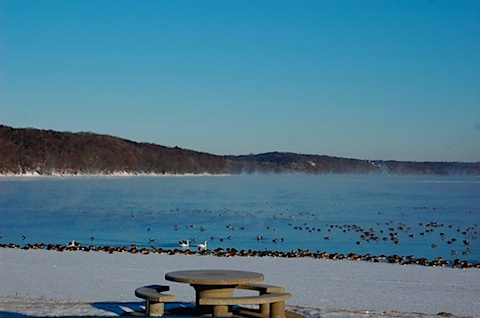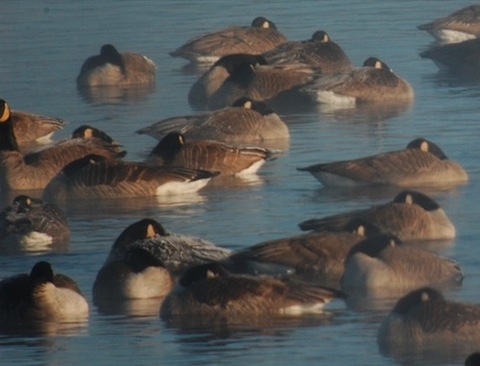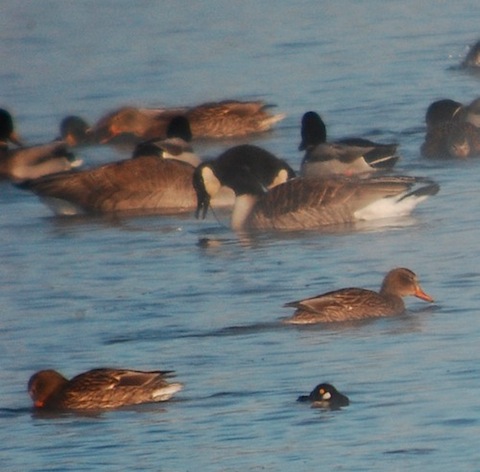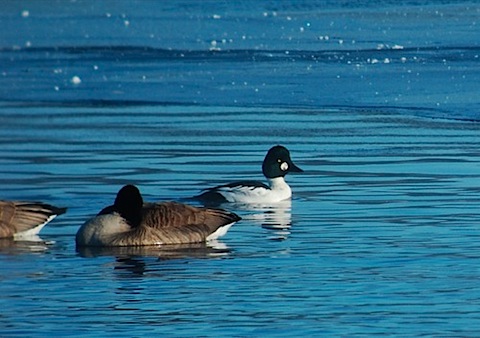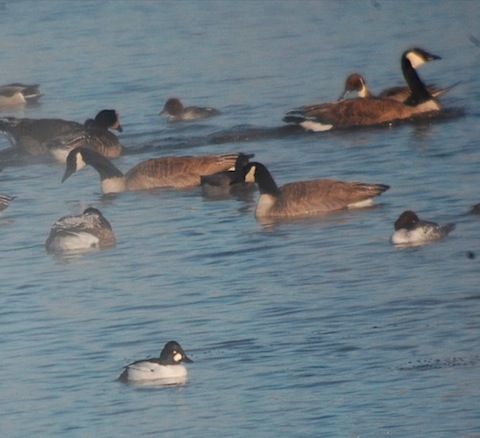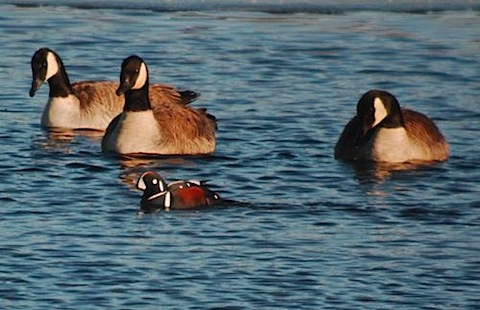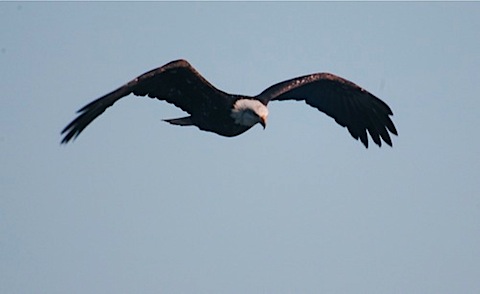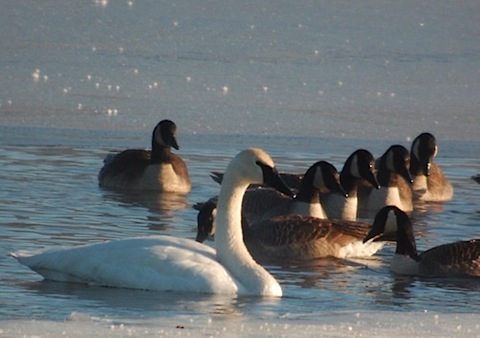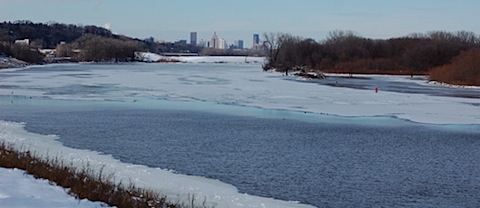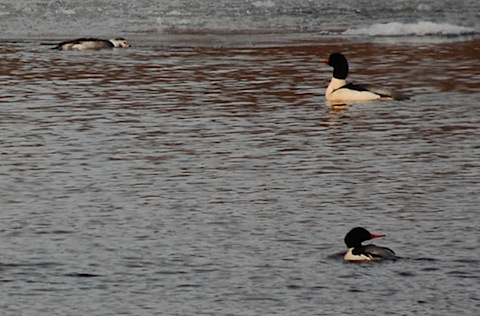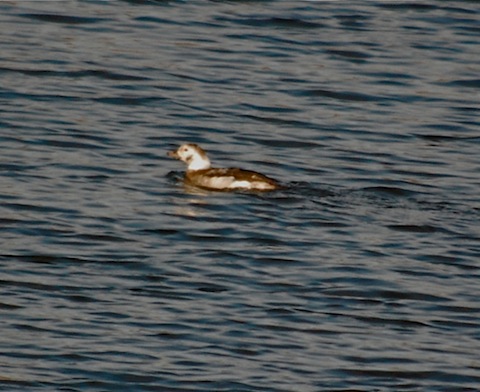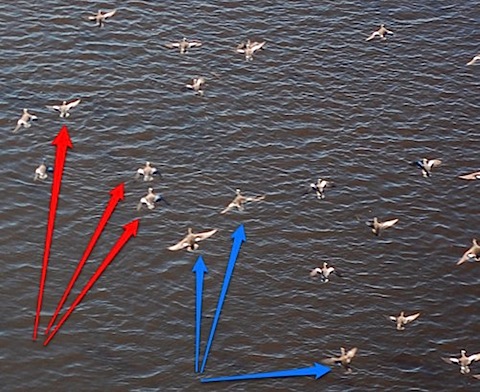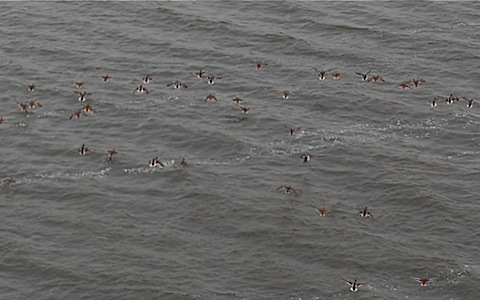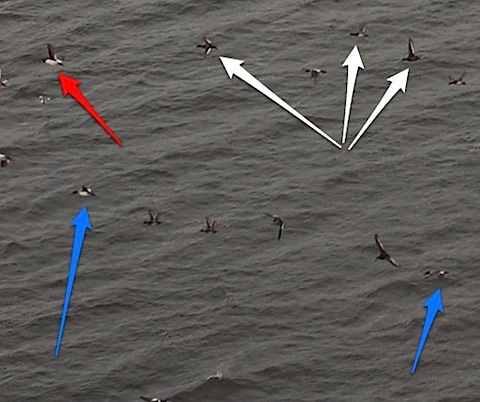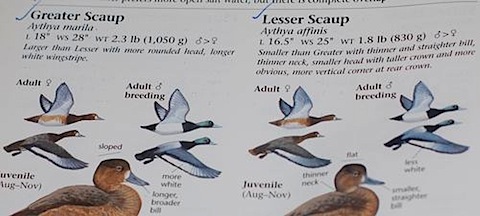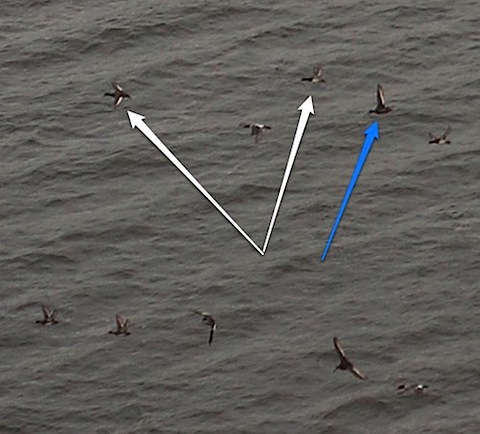One of the things we get to do at my park as a ranger is "roving." Essentially, we pick a part of the park and rove around to answer questions or interpret wildlife. It reminds me a bit of doing improv work-- you rely on the audience to guide where the sketch will go. In this case, you walk into to a park and use whatever is on hand as your method of interacting with the public.

On Sunday it was my turn to rove and I chose Crosby Park which is great during warbler migration as it's right on the Mississippi River and anything is possible. There were some great birds there and while I was taking a photo of this song sparrow, I heard a sora. Tons of birds were recent arrivals like great-crested flycatchers and yellow warblers. I also noted a pair of broad-winged hawks setting up territory, which is fun because when we do Big River Journey, I always see broad-wings soaring over the park from the boat on the river.

The best part of my morning was when I hung out at this shelter--a great interpretive prop presented itself. It's at a busy intersection of the trails in Crosby--it's actually not a bad spot to sit and listen for warblers. But as soon as I approached, movement caught my attention...and it wasn't a bird. Can you make out an animal in the above photo? If you can't, don't worry, it's hard to see. But check out that big hole in the trunk of the tree, just above the shelter roof. It's a raccoon. When I arrived, all you could see was the body rising up moving around, I think the raccoon was grooming itself. When people would stop and ask what I was looking at, I'd set my scope on the hole and pish very loudly like I was targeting a huge bird.

The large raccoon leaned its head back as if to say, "Yeah, lady, what do you want, I've got things going on in here." It was the perfect place to camp out and interpret. And a perfect place for a raccoon. Nice secluded tree with a big comfy hole. Enough natural food and litter to keep a raccoon fat and sassy.

As with birds, the raccoon soon grew tired of my pishing sounds and eventually ignored them, but it was fun while it lasted. I showed Non Birding Bill the photos and he agreed they were cute but liked this raccoon hole photo series better. In particular, this photo.

As I continued on, I heard a pair of robins raising a HUGE fuss. Something was in their territory and they weren't happy. It was a serious alarm sound but not the aerial predator sound. There was a clump of leaves and I did my best to scan, as best as I could make out, a red squirrel (see the eye and the whiskers in the center of the photo) had found their nest and was eating their eggs. They did not make it easy for the squirrel, and smacked into it several times with their body. Fortunately, it's very early in the nesting season, they will find a better nest location and rebuild. What was interesting was that I heard a new sound made by robins in alarm--bill snapping! I always though only owls did that, but robins do it too. As the robins were calling in agitation, it spurred the local house wren pair to sing on their territory below their nest. Here's a sample:
[youtube]http://www.youtube.com/watch?v=rs7Pn3mMa5M[/youtube]
I was missing a piece of one of my digiscoping adaptors so I had to hand hold my video camera up to my scope, but you can hear the wren and the robins in the background.

I love watching wrens sing, they do it with such gusto!
For such an urban St. Paul park, Crosby is great, we did the Bioblitz there last year and not only does it have nesting indigo buntings, but also prothonotary warblers. I'm a bit concerned about the warbler season. The leaves are out in full force now and warblers love to hide in the tops of trees, they are going to be hard to find this spring! Ah well, it will be a good chance to practice birding by ear.

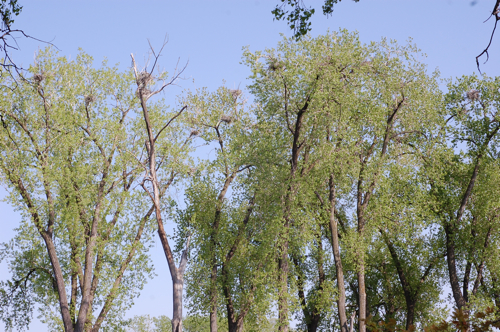
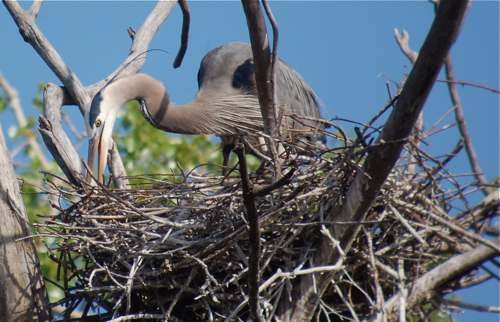
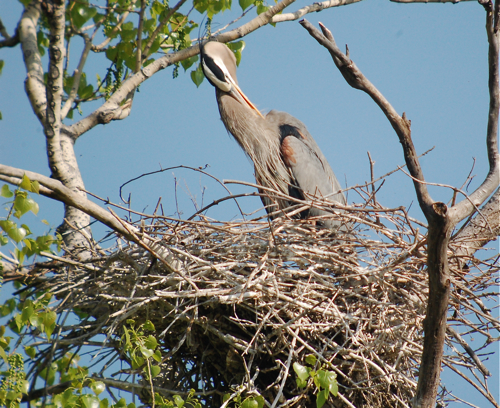

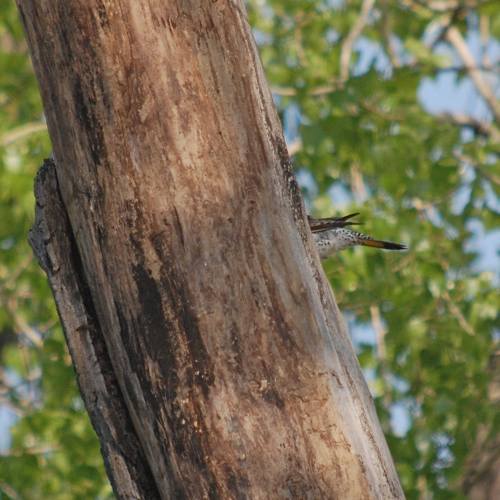
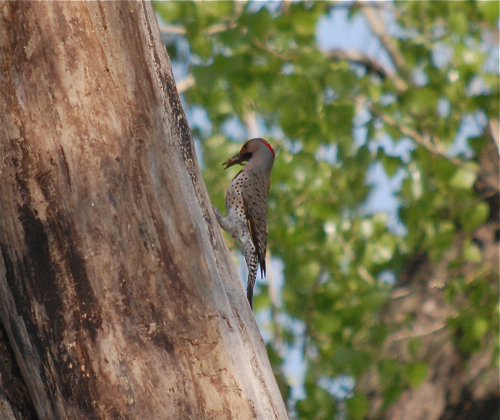









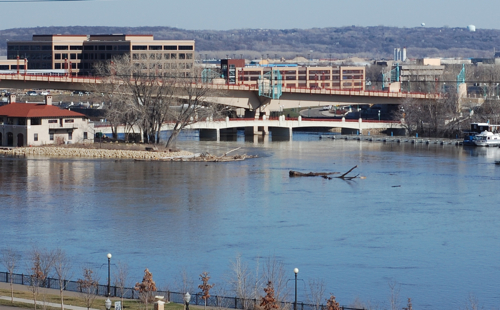 It's an oddly exciting day at the National Park I work for (
It's an oddly exciting day at the National Park I work for (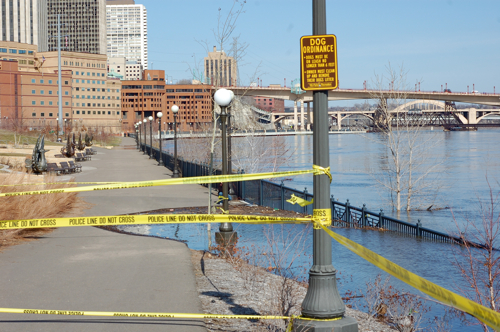 St. Paul has closed Sheperd Rd. from behind the museum all the way to Hwy 61 in preparation for the flood. One of the officers I spoke with said parts were already under water. I spent a majority of Sunday afternoon roving and interpreting the flooding--what ranger wouldn't rather be outdoors on a sunny day? The river is in flood stage at 14 feet and when I was at the river it was at 16.4 feet. It's expected to crest on Wednesday at 19.5 feet!
St. Paul has closed Sheperd Rd. from behind the museum all the way to Hwy 61 in preparation for the flood. One of the officers I spoke with said parts were already under water. I spent a majority of Sunday afternoon roving and interpreting the flooding--what ranger wouldn't rather be outdoors on a sunny day? The river is in flood stage at 14 feet and when I was at the river it was at 16.4 feet. It's expected to crest on Wednesday at 19.5 feet!